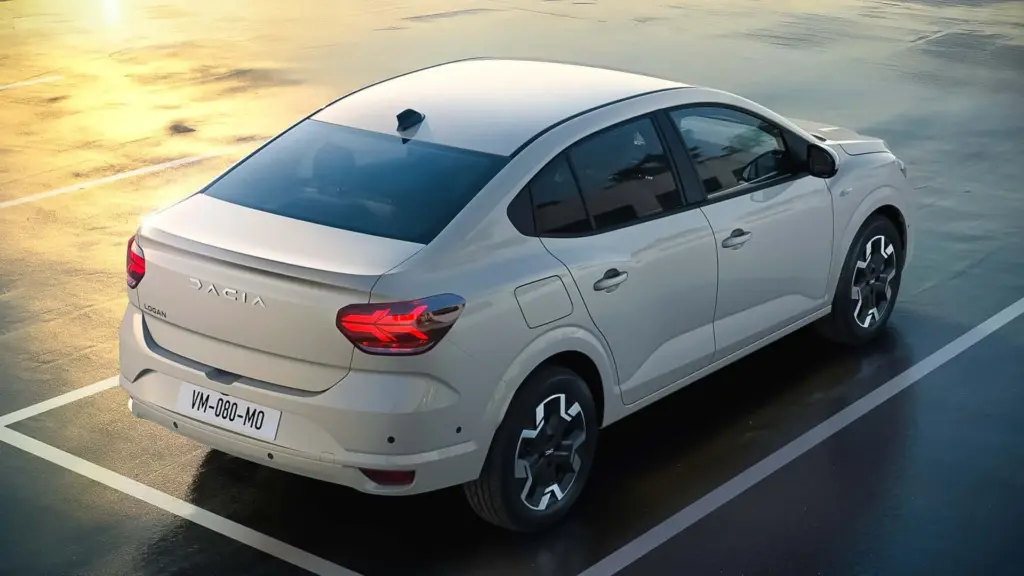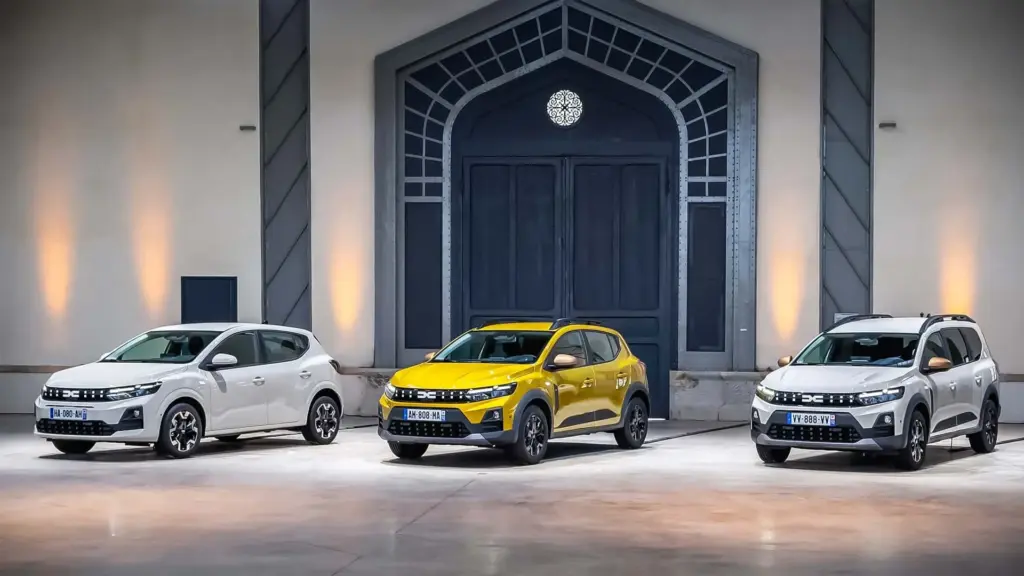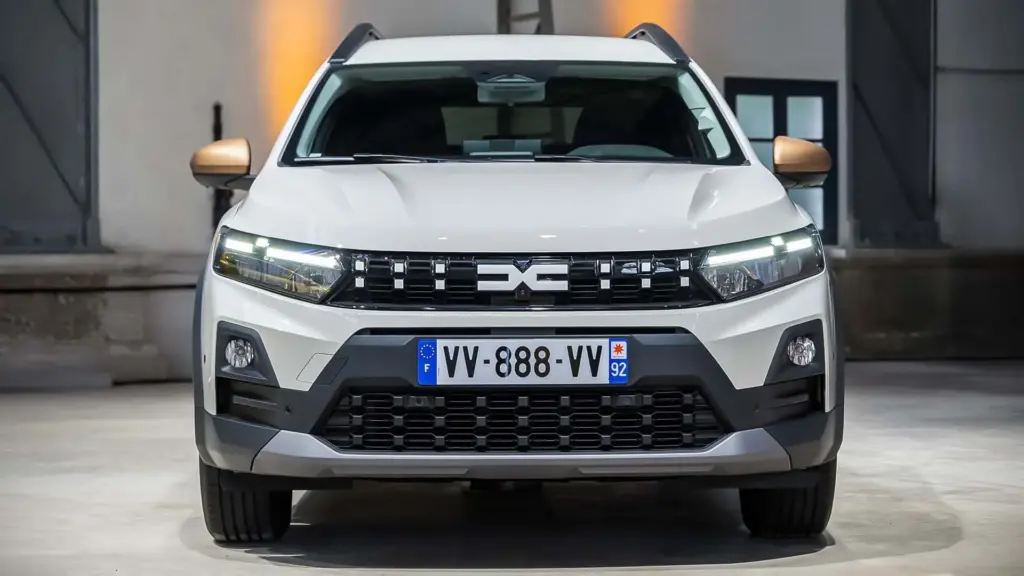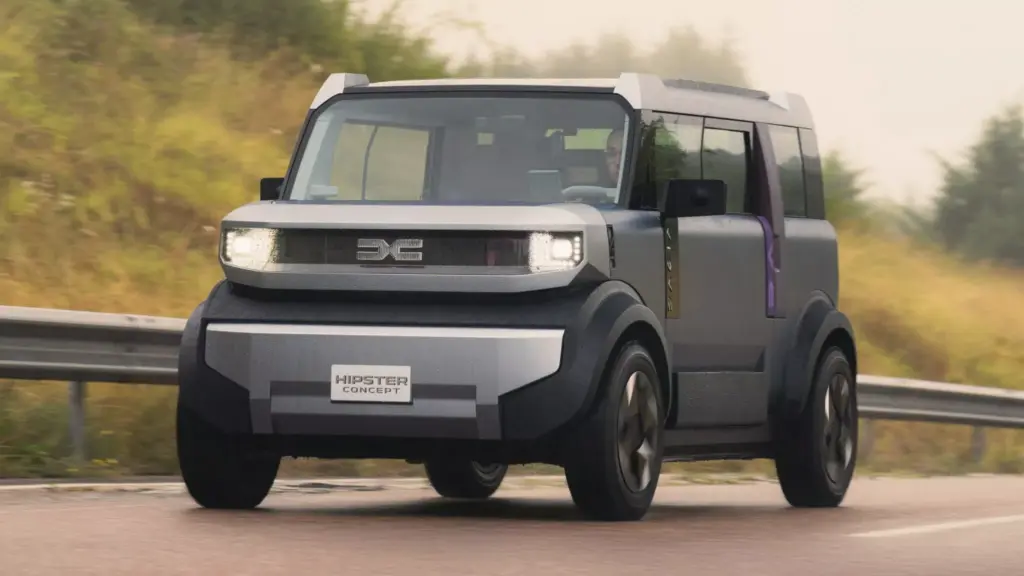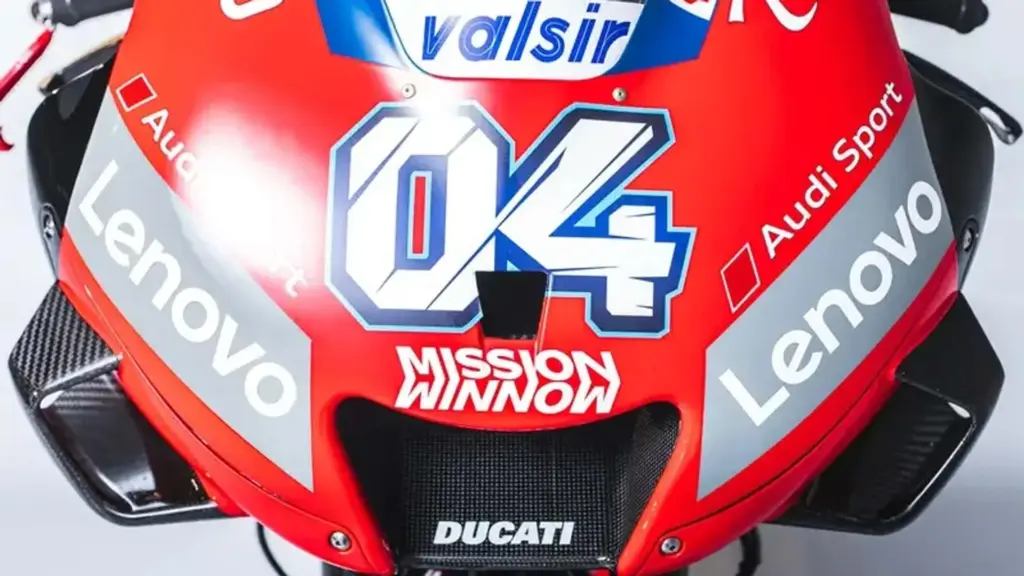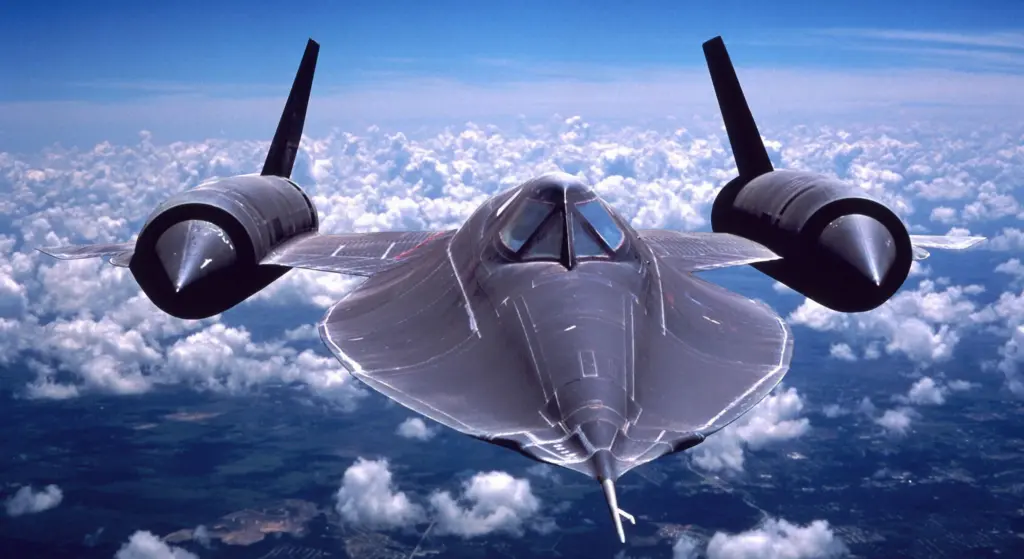Ah, a Cupra! The Spanish brand that was born under the wings of Seat and took off on its own in 2018, winning hearts (and garages) across Europe. I must admit, their concept intrigues me: sportiness with a Latin flair, strategically positioned between Volkswagen and Audi. To better understand this recipe, I traveled to Miami and Wolfsburg to test their newest SUV, the 2025 Cupra Terramar, a name that fittingly means “land and sea.”
Cupra: The Rise of the Spanish Brand
I remember well when Cupra was just the spicy trim line of the Seat models. It was like the Spanish brand’s “GTI.” But the Volkswagen Group saw potential there, and in 2018, Cupra gained its own identity. Since then, it’s been a success story with annual sales growth. Now, the plans are ambitious: to launch in the United States before the end of the decade.
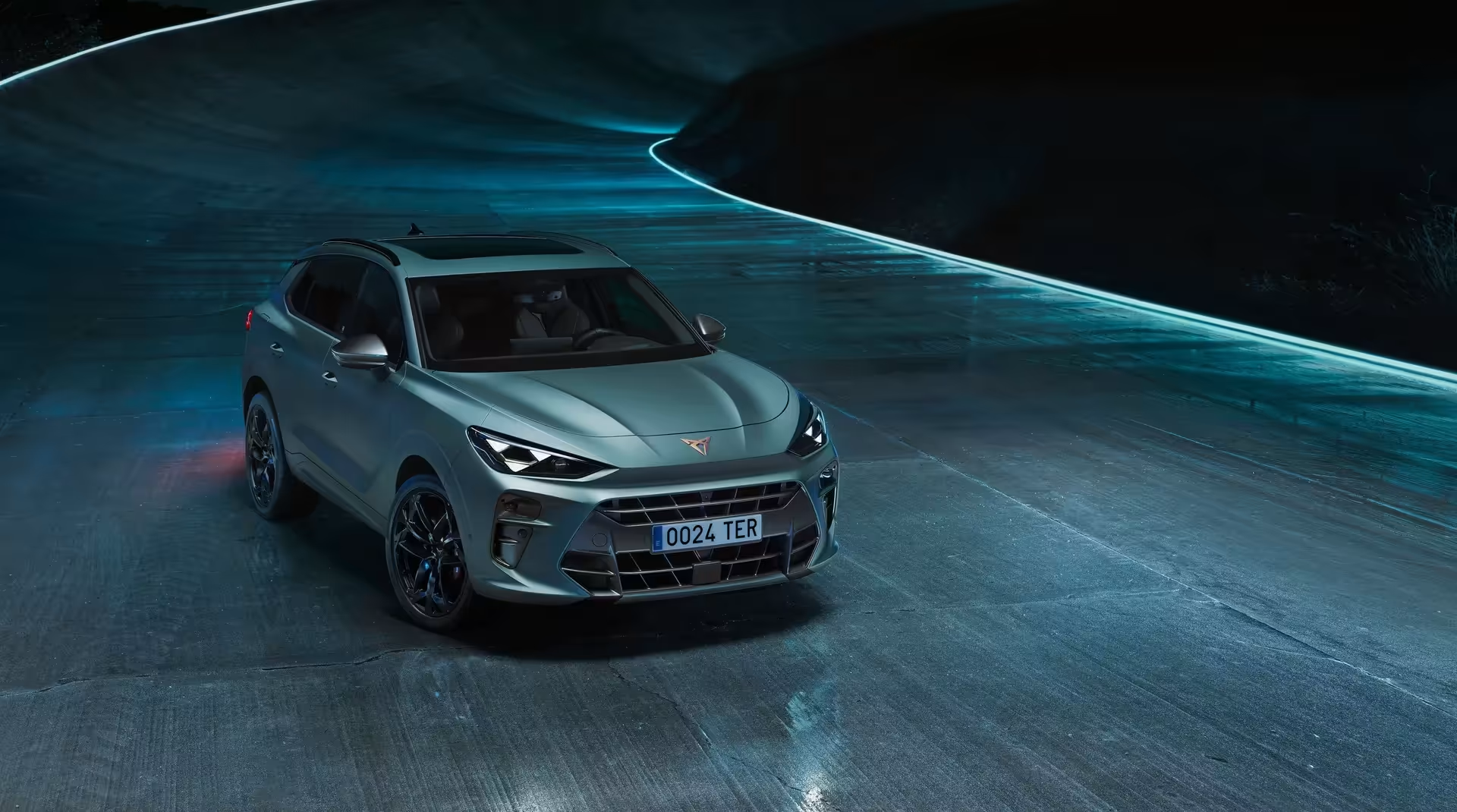
The US market strategy initially involves two models: the next-generation electric SUV Formentor and a midsize SUV made in North America. Unfortunately, the Terramar isn’t on that initial list, but according to former CEO Wayne Griffiths, it “best exemplifies where we are, where we’re headed, and where we want to go in the future.” It’s a shame, because this car has its charms, as we’ll see.
Terramar: The SUV That Defines the Future (or Does It?)
The name “Terramar” evokes travel, and that’s exactly what I did to get to know it. First, I crossed the Atlantic to Miami to experience the purely gasoline-powered VZ version. Then, I crossed the ocean again, this time to Wolfsburg, Germany, to drive the Terramar VZ plug-in hybrid (PHEV). A true journey by land and sea!
Although there are milder versions with power ranging from 148 to 201 horsepower, my focus was on the VZ variants, which stands for “Veloz” (Fast). After all, if Cupra wants to be seen as a performance brand, this is where the magic (or lack thereof) should happen. Expectations were high, especially considering the SUV’s bold design.
VZ Duel: Pure Gasoline vs. Plug-in Hybrid
Let’s get to the numbers. The Terramar VZ 2.0T (Turbo) features a 2.0-liter turbocharged four-cylinder engine, delivering 261 horsepower and a robust 295 lb-ft of torque. It’s paired with a seven-speed dual-clutch transmission (DSG) and all-wheel drive (AWD). Thanks to a declared weight about 340 lbs lighter than the PHEV, it promises a 0 to 62 mph time of 5.9 seconds. Not bad for a family SUV, although upgrades like the Mansory-tuned Audi RSQ8 show there’s always room for more.
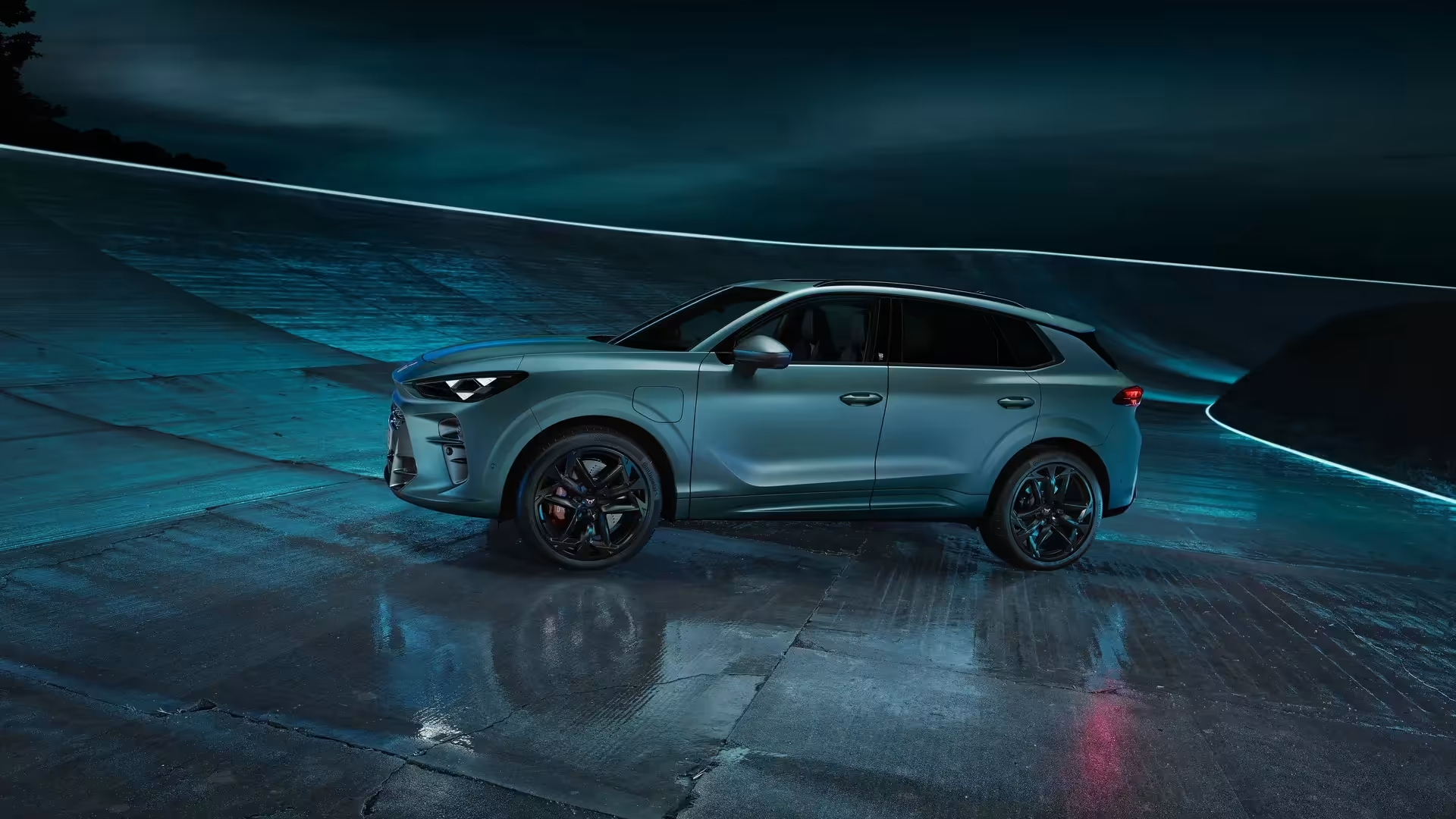
The Terramar VZ PHEV combines a 1.5-liter turbo gasoline engine (174 hp) with an electric motor (114 hp), resulting in a combined output of 268 horsepower and the same 295 lb-ft of torque. Here, the transmission is a six-speed DSG, and the drive is front-wheel only (FWD). The 20 kWh battery promises about 75 miles of electric range on the WLTP cycle (we know real-world numbers are lower), an interesting figure for urban use, comparable to options like the Kia EV3.
In practice, the difference is striking. The 2.0T responds vigorously to the throttle, the DSG shifts quickly, and the car gains speed with conviction. The PHEV, on the other hand, feels quick at low city speeds thanks to instant electric torque (330 Nm from the electric motor alone!), but when pushed harder on highways—especially in EV mode—the hesitation is frustrating. It’s reluctant to wake up the combustion engine, and when it does, the acceleration isn’t as thrilling, taking 7.3 seconds to reach 62 mph.
Driving Dynamics: A Clear Split
This personality split continues in driving dynamics. The PHEV felt disconnected to me. The brake pedal is spongy and has a long travel, typical of some hybrids with regenerative braking, and the steering feels numb with an artificial weight. It’s a car to get from point A to B efficiently but without excitement. The experience reminds me somewhat of electric SUVs focused more on comfort than sportiness, such as the Chevrolet Blazer EV.
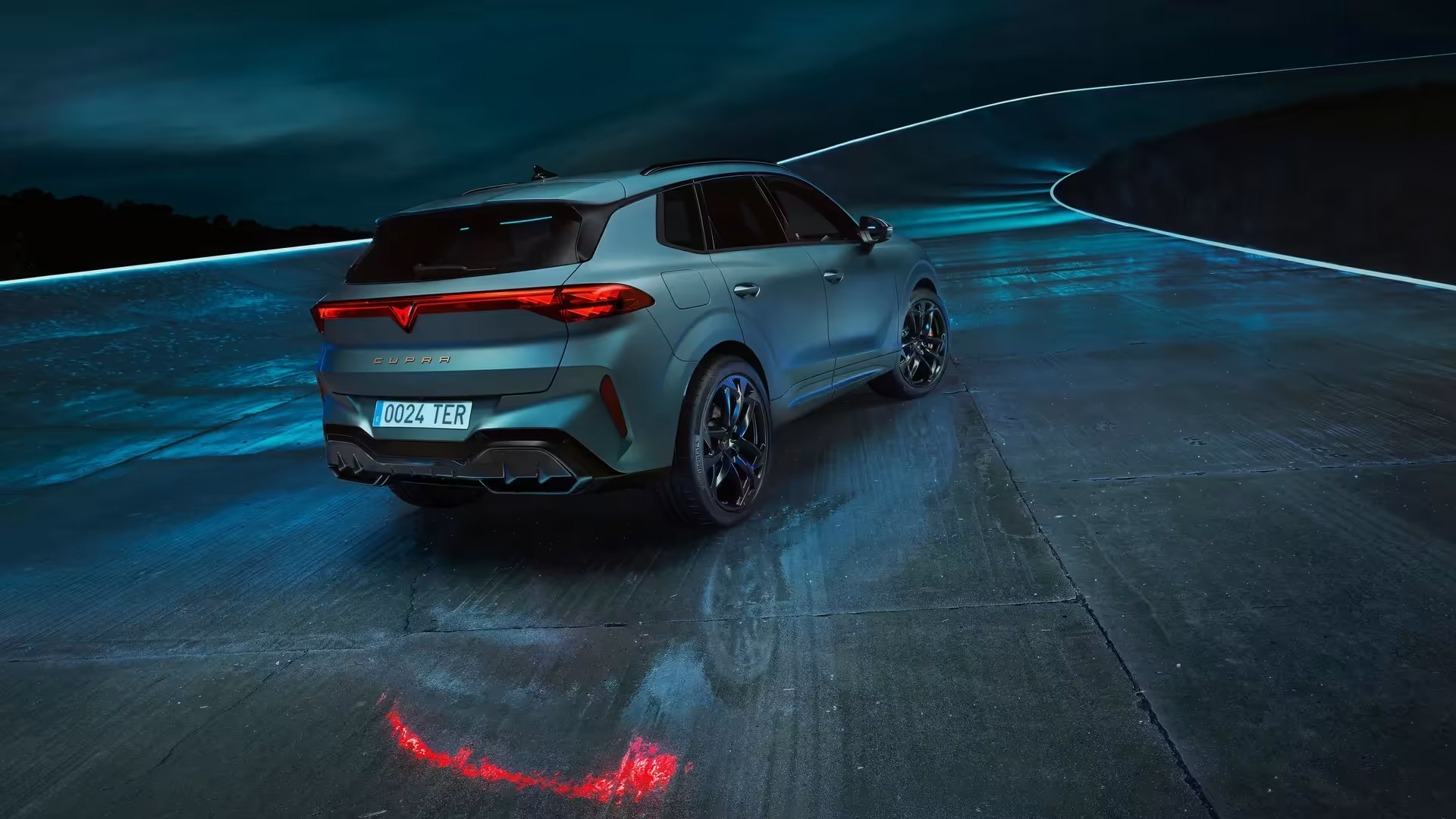
The Terramar VZ 2.0T, although not a pure sports car, offers a more coherent and pleasant experience. The brakes are firm (perhaps even a bit sensitive at first), and the steering, while still lacking feedback, feels more natural in weight. It handles corners more competently and without the floating sensation of its hybrid sibling. It’s important to note, as the original Car and Driver source pointed out, that the winter tires on the PHEV (Michelin Pilot Alpin) in Wolfsburg contrasted with the summer tires (Continental SportContact 6) on the 2.0T in Miami, which may have accentuated the differences.
Both feature adaptive dampers. In the softest mode, they absorb bumps well, offering a firm yet comfortable ride. In the stiffest mode, the suspension gets quite harsh, especially on the 2.0T with lower-profile tires, transmitting more road imperfections and noise to the cabin—something that can get tiring on long trips, unlike what you expect in luxury models like the BMW X6.
Unmistakable Spanish Style and Sophisticated Interior
Visually, the Terramar VZ impresses. The front end with its enormous “mouth,” slanted headlights, and triangular light signature give it an aggressive look. The sloped windshield and arched roofline create a dynamic profile. Aside from the charging port door and a slightly smaller trunk on the PHEV (due to the battery), the two VZs look identical from the outside.
Inside, the story repeats itself. The dashboard is driver-oriented, with bronze accents (Cupra’s trademark) and high-quality materials. There’s minimal parts sharing with cheaper Volkswagen models, the most obvious being the 12.9-inch touchscreen infotainment system and the touch controls for temperature and volume at its base—a solution that still divides opinions but we also see on models like the Tesla Model Y.
Built on the same platform as the Audi Q3 in Győr, Hungary, the Terramar has a 105.6-inch (2.68 meters) wheelbase. Rear space is just adequate; a person 5’11” (1.80 m) can sit behind another of the same height, but without much extra comfort. Interior space is something for larger families to consider.
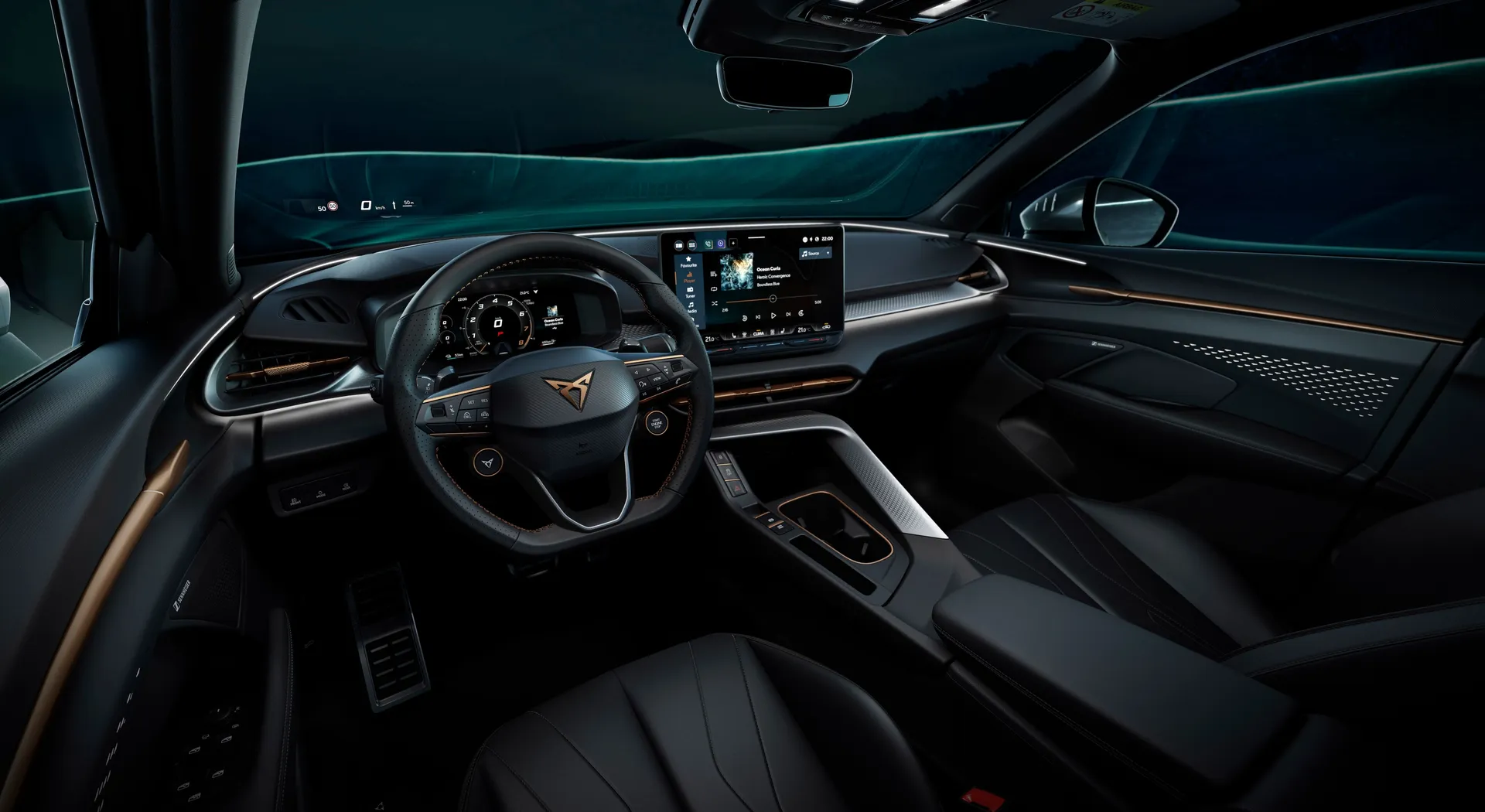
Detailed Specifications: 2025 Cupra Terramar VZ
| Specification | Terramar VZ 2.0T | Terramar VZ PHEV |
|---|---|---|
| Vehicle Type | Front Engine, AWD | Front Engine + Electric, FWD |
| Estimated Base Price | $41,000 – $44,000 USD | $41,000 – $44,000 USD |
| Powertrain | 2.0L Turbo I4, 261 hp, 295 lb-ft | 1.5L Turbo I4 (174 hp) + AC Motor (114 hp) |
| Combined Power | 261 hp | 268 hp |
| Combined Torque | 295 lb-ft (400 Nm) | 295 lb-ft (400 Nm) |
| Battery (PHEV) | N/A | 20 kWh Lithium-Ion |
| Transmission | 7-speed DSG Automatic | 6-speed DSG Automatic |
| Wheelbase | 105.6 in (2.68 m) | 105.6 in (2.68 m) |
| Length | 177.9 in (4.52 m) | 177.9 in (4.52 m) |
| Estimated Weight | ~3,700 lbs (1,680 kg) | ~4,000 lbs (1,815 kg) |
| 0-62 mph Estimated | 5.9 sec | 7.3 sec |
| Top Speed Estimated | ~150 mph (~241 km/h) | ~133 mph (~214 km/h) |
Strengths and Weaknesses
- Strengths:
- Striking exterior design
- Well-crafted interior
- Good driving dynamics (VZ 2.0T)
- Advanced technology features
- Weaknesses:
- Mediocre performance (VZ PHEV)
- Disappointing driving dynamics (PHEV)
- Slow throttle response (PHEV)
- Limited rear cabin space
- Not confirmed for US market
Frequently Asked Questions (FAQ) about the Cupra Terramar
- Will the Cupra Terramar be sold in Brazil or the US?
Answer: Initially, there are no confirmed plans for selling the Terramar in Brazil or the US. Cupra plans to enter the US with other models first. - What engine options are available for the Cupra Terramar?
Answer: Besides the VZ versions (2.0T 261 hp AWD and 1.5 PHEV 268 hp FWD), there are milder gasoline and hybrid options with power ranging from 148 to 201 horsepower. - What is the estimated price for the Cupra Terramar VZ?
Answer: The estimated base price in Europe, converted, ranges between $41,000 and $44,000 USD for the VZ versions. - What is the electric range of the Terramar VZ PHEV?
Answer: The estimated WLTP cycle electric range is about 75 miles (120 km), thanks to the 20 kWh battery. Real range tends to be lower. - Where is the Cupra Terramar manufactured?
Answer: It’s produced at the Győr factory in Hungary, alongside the Audi Q3, with which it shares the platform. More information is available on the official Cupra website.
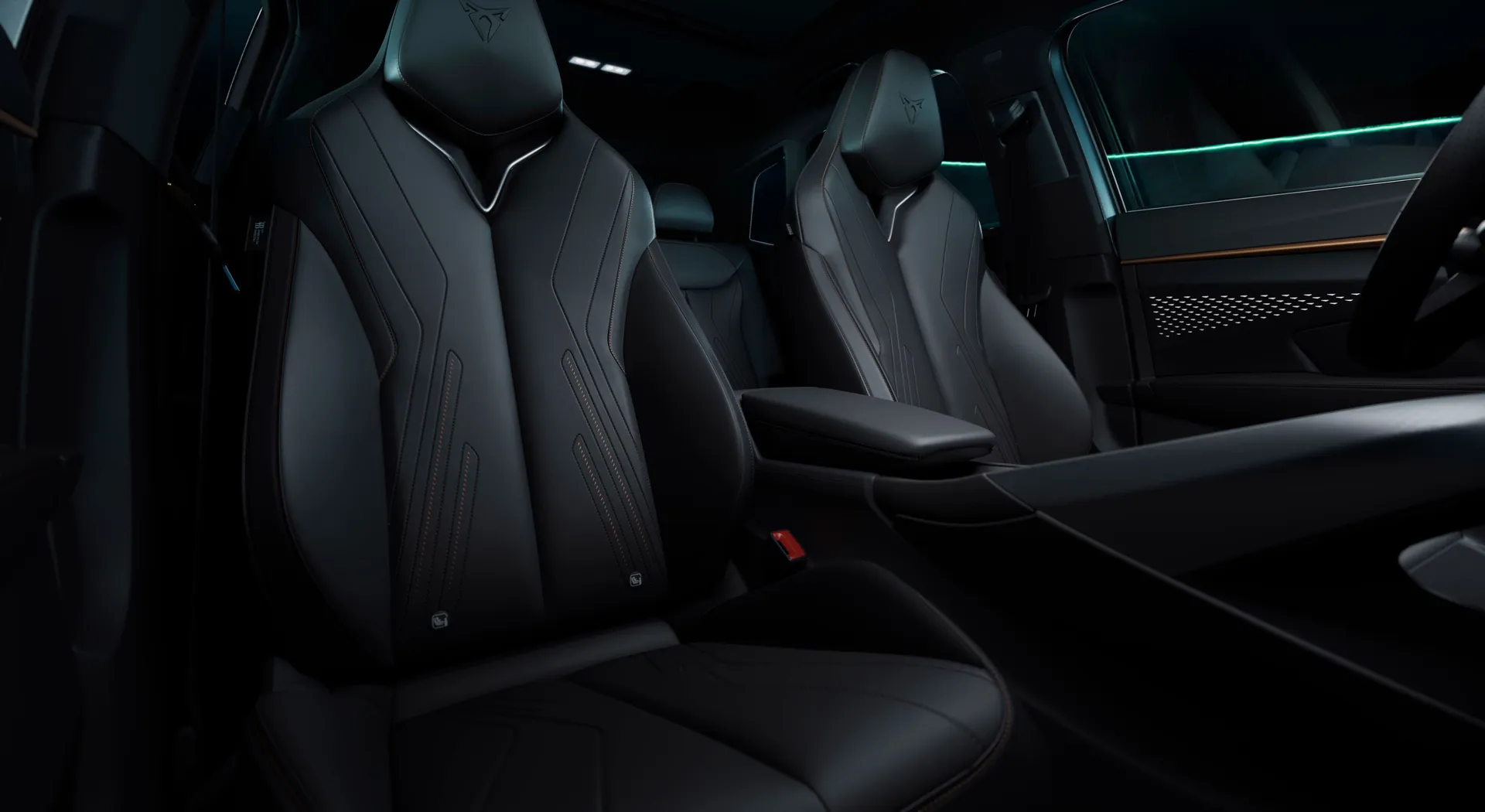
My final impression is that the Cupra Terramar VZ is a car of contrasts. The design is, without a doubt, a highlight, full of character. The interior follows with good quality and technology. However, the “Veloz” soul promised by the VZ badge seems to manifest more convincingly in the 2.0T gasoline version. The PHEV, although powerful on paper and with decent electric range, lacks the excitement and responsiveness you’d expect from a Cupra.
If the 2.0T version serves as a solid starting point, showing dynamic competence and style, Cupra will need to add more “spice” to its future models to truly establish itself as a performance brand in the competitive US market. The Terramar is stylish, but the “heat” is still too mild for those seeking true sportiness. The foundation is good, but it needs more fire.
And you, what do you think about the Cupra Terramar? Do you believe the brand has space in the US and other global markets? Leave your comments below!




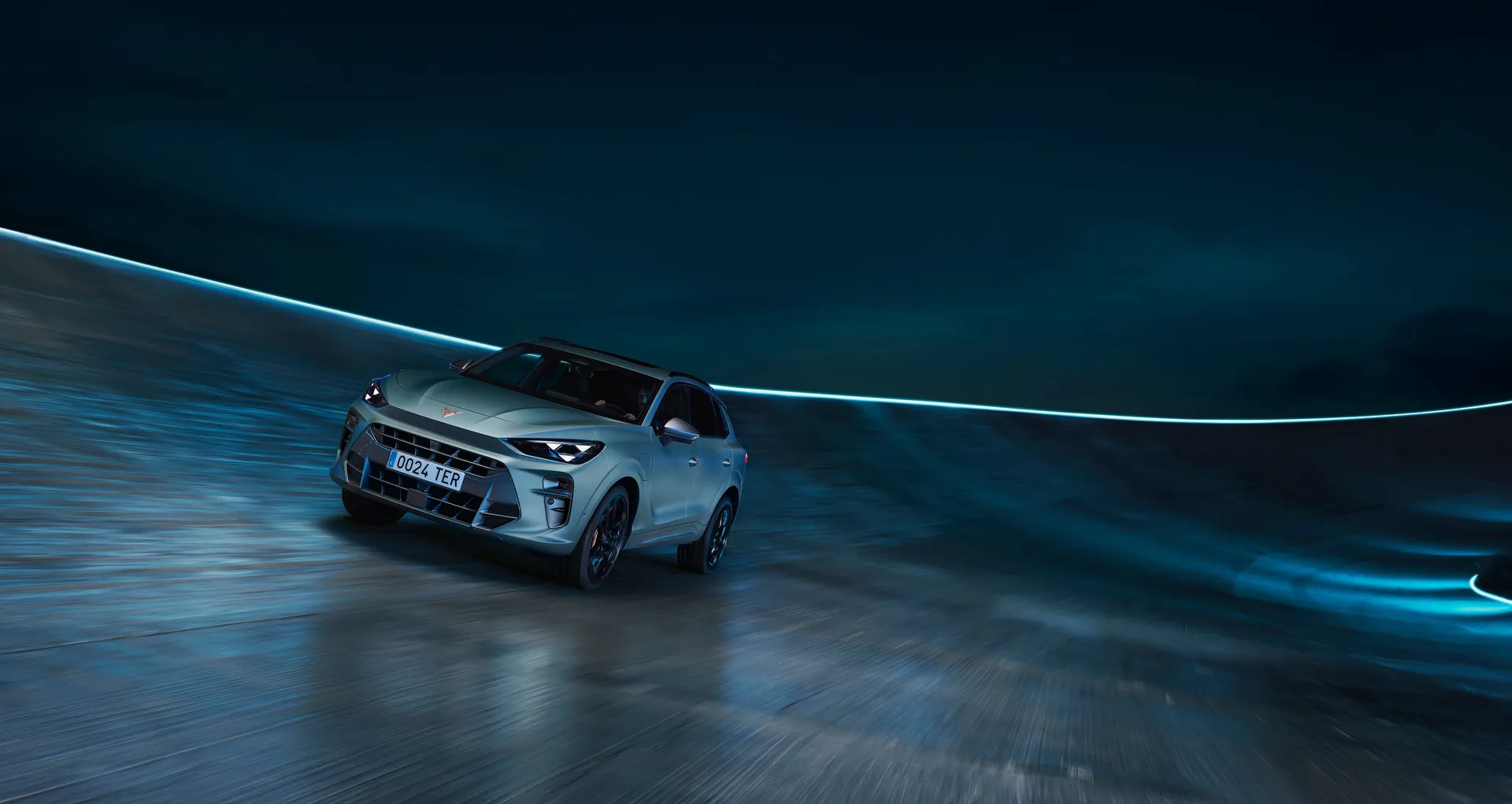
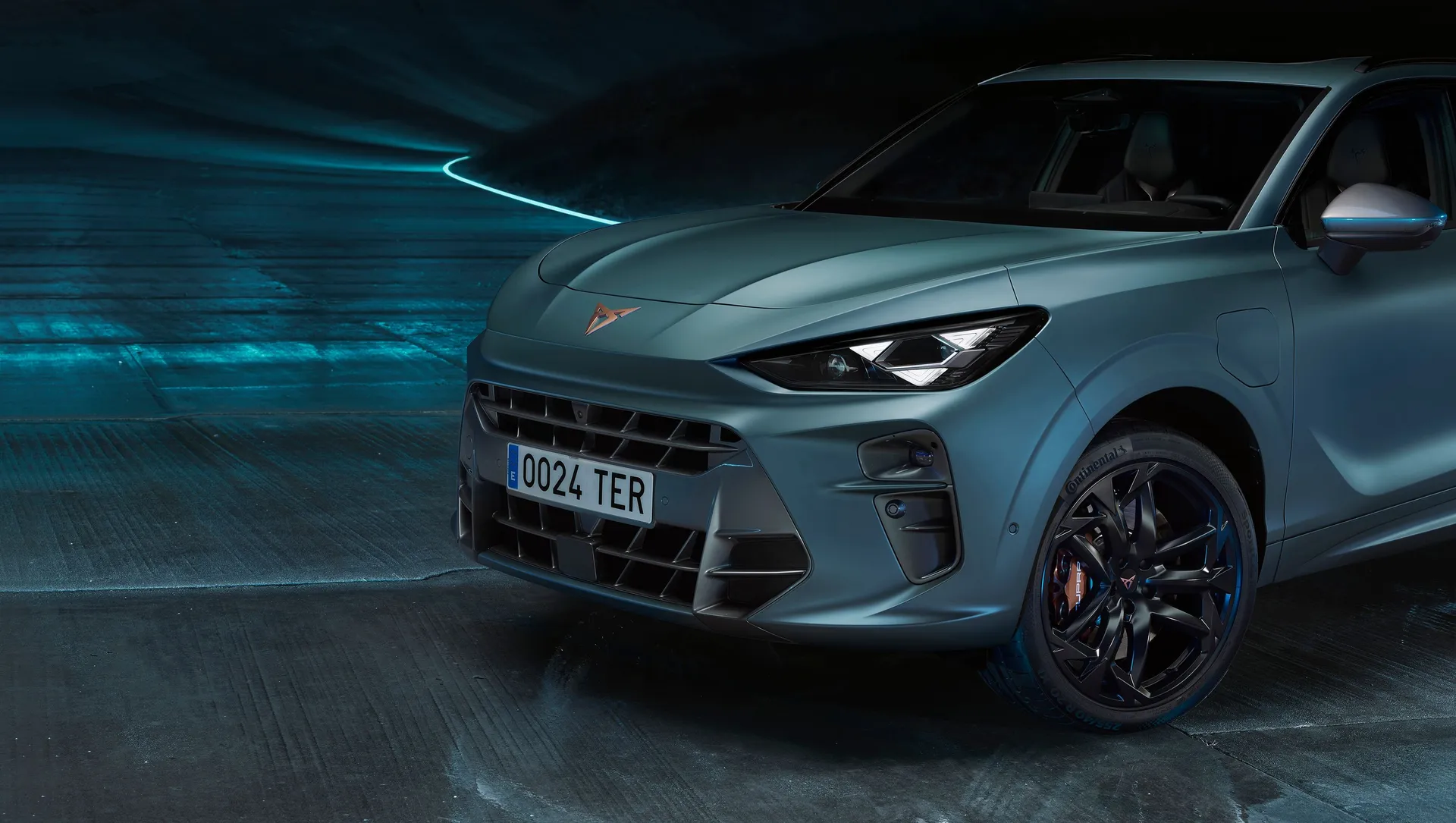
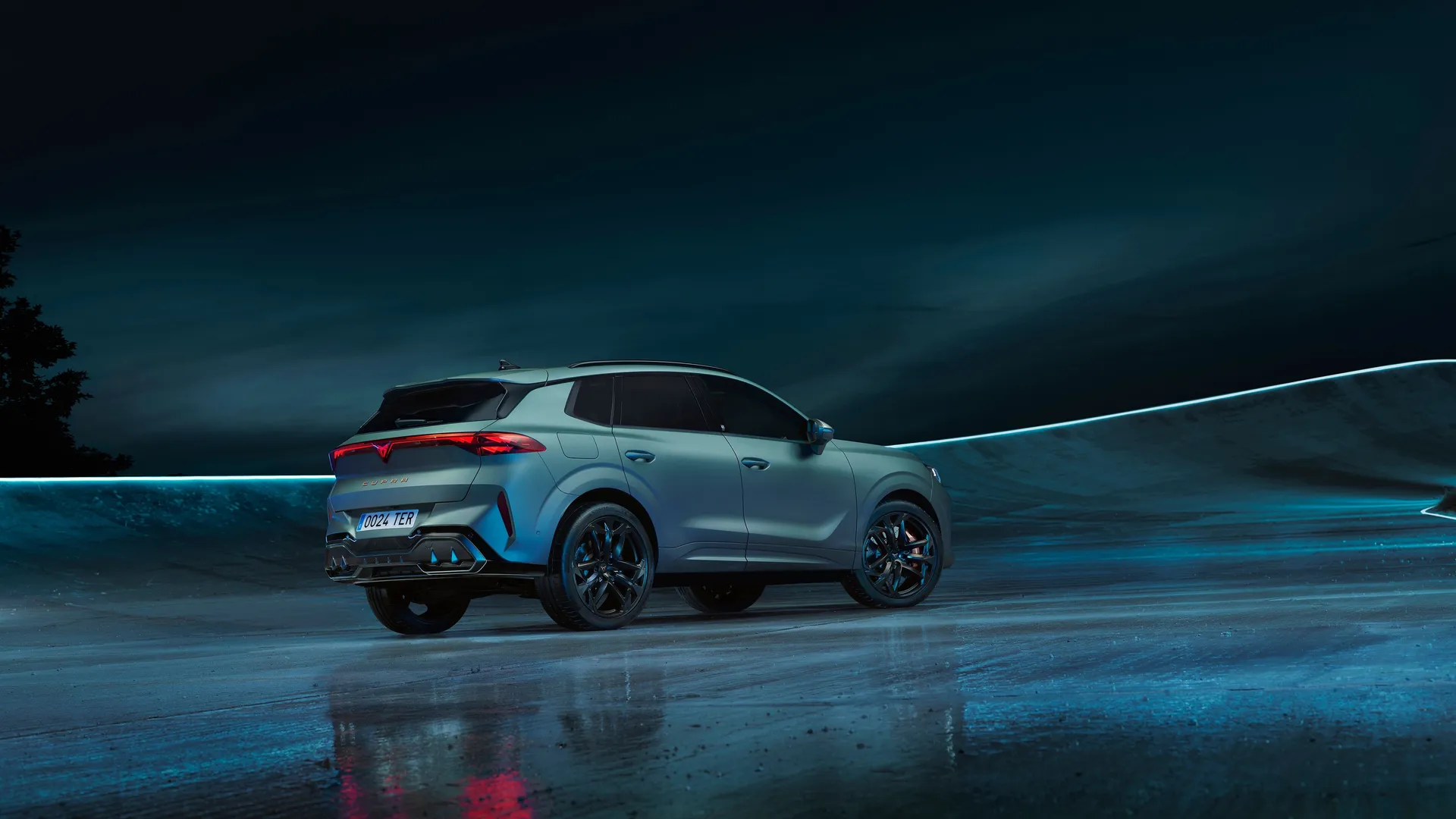
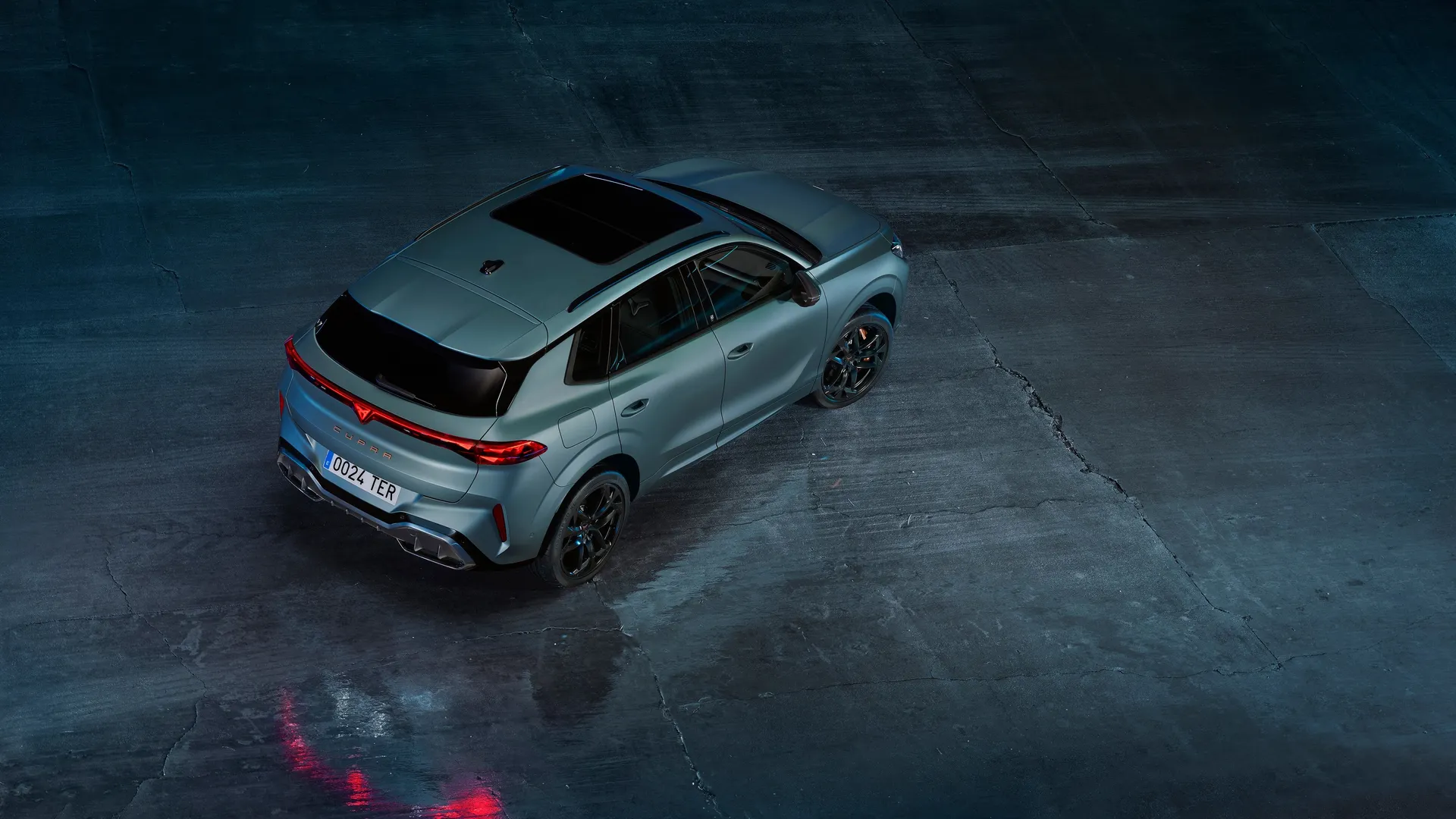
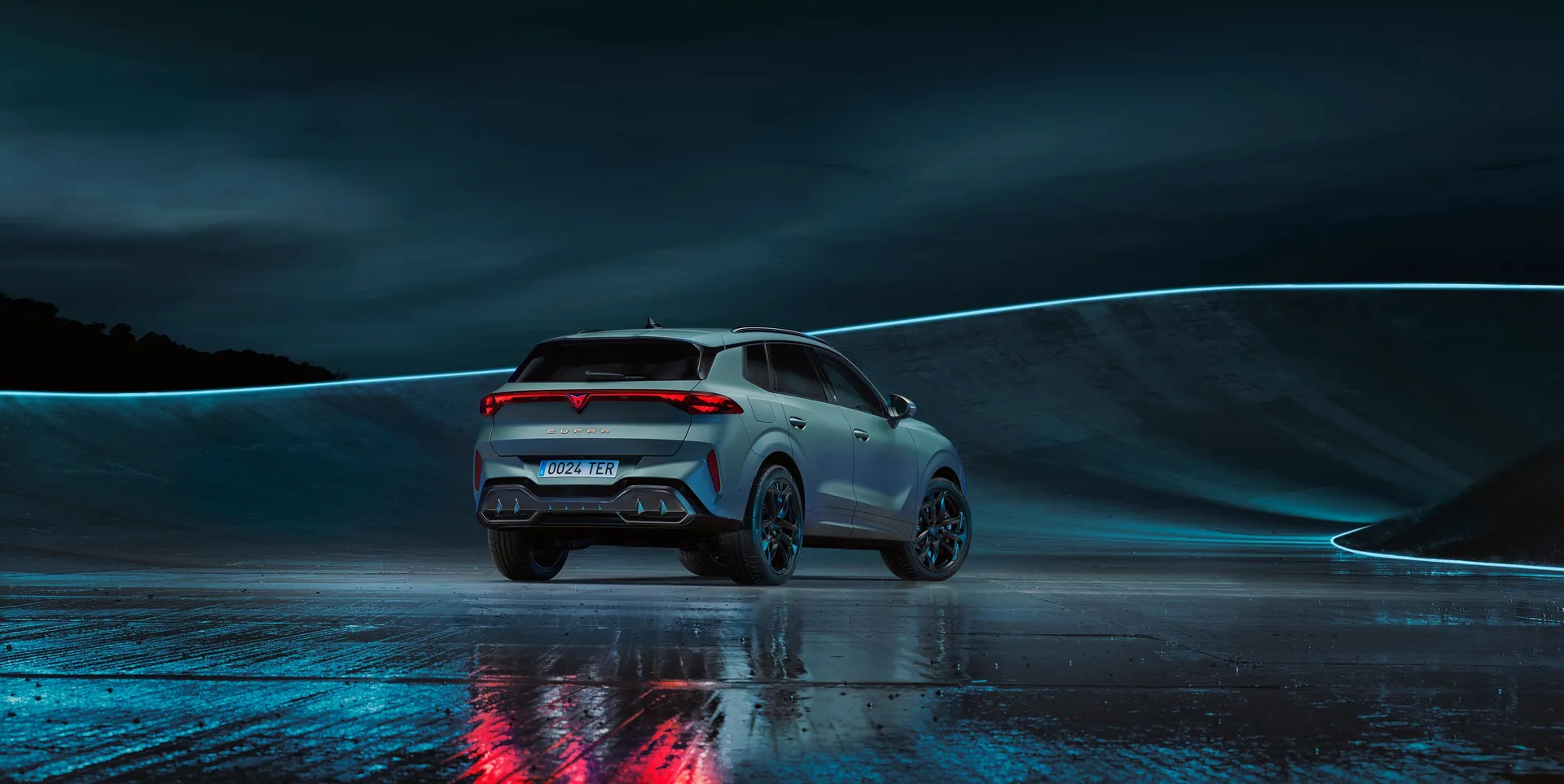
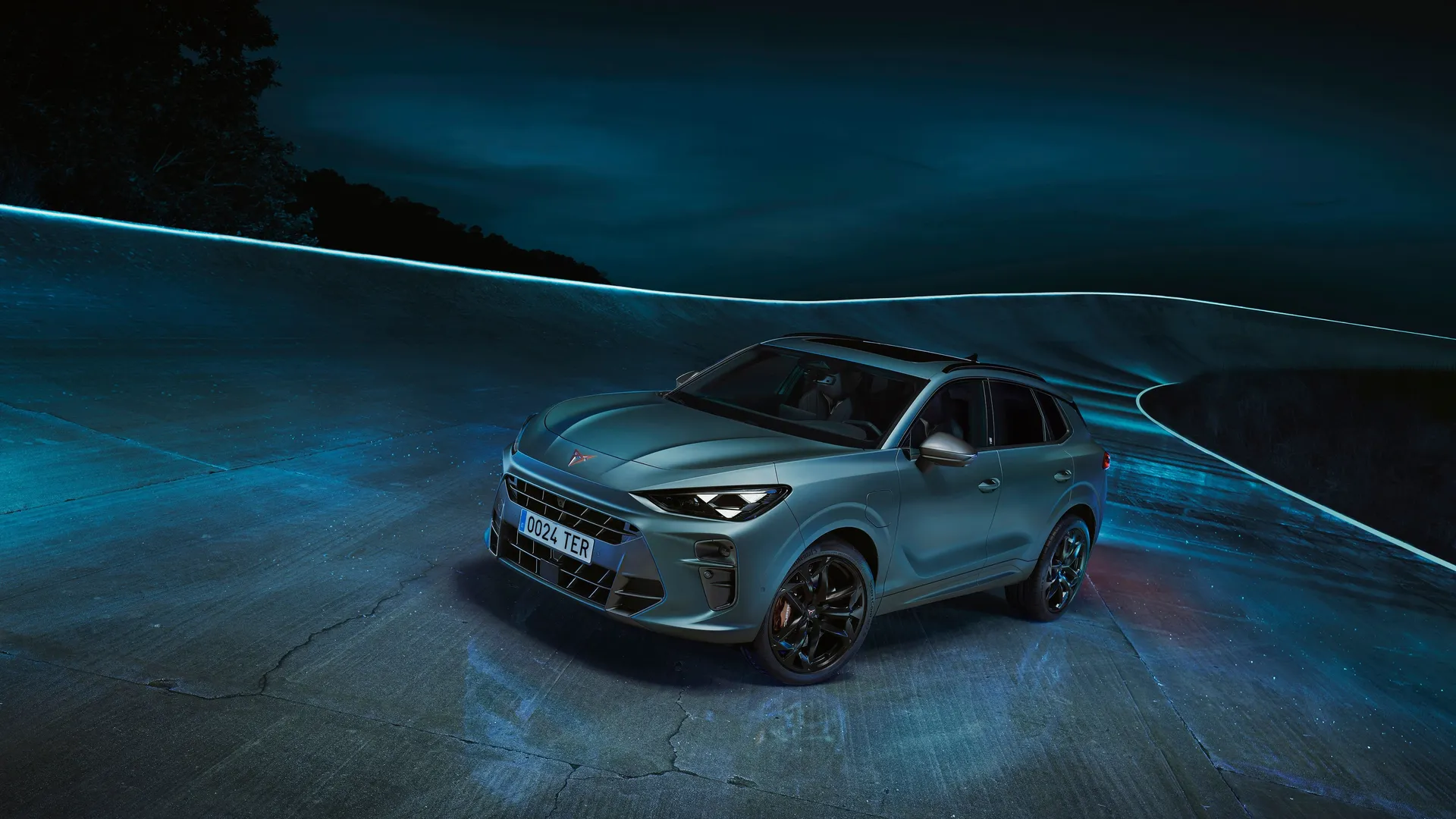
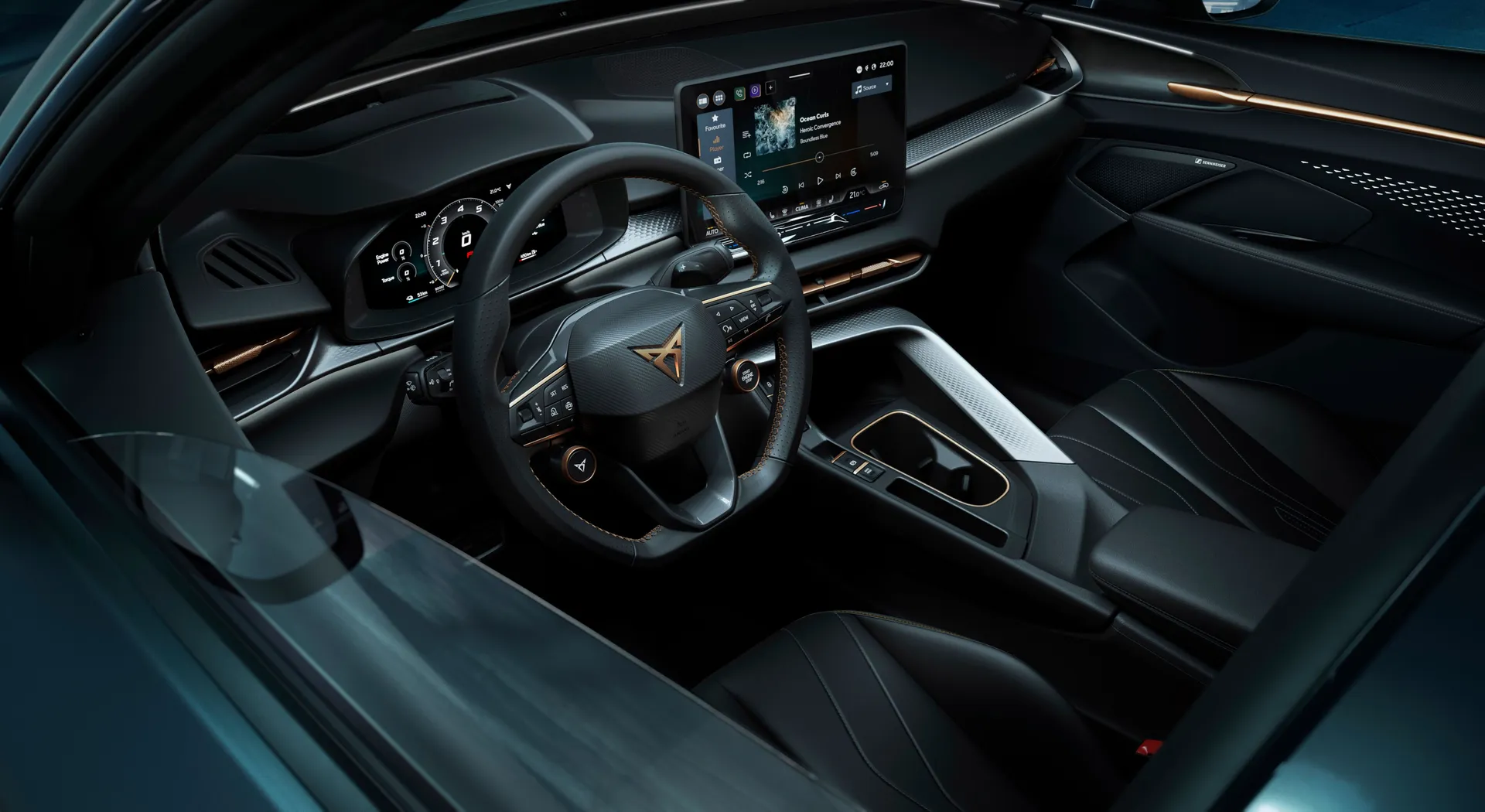
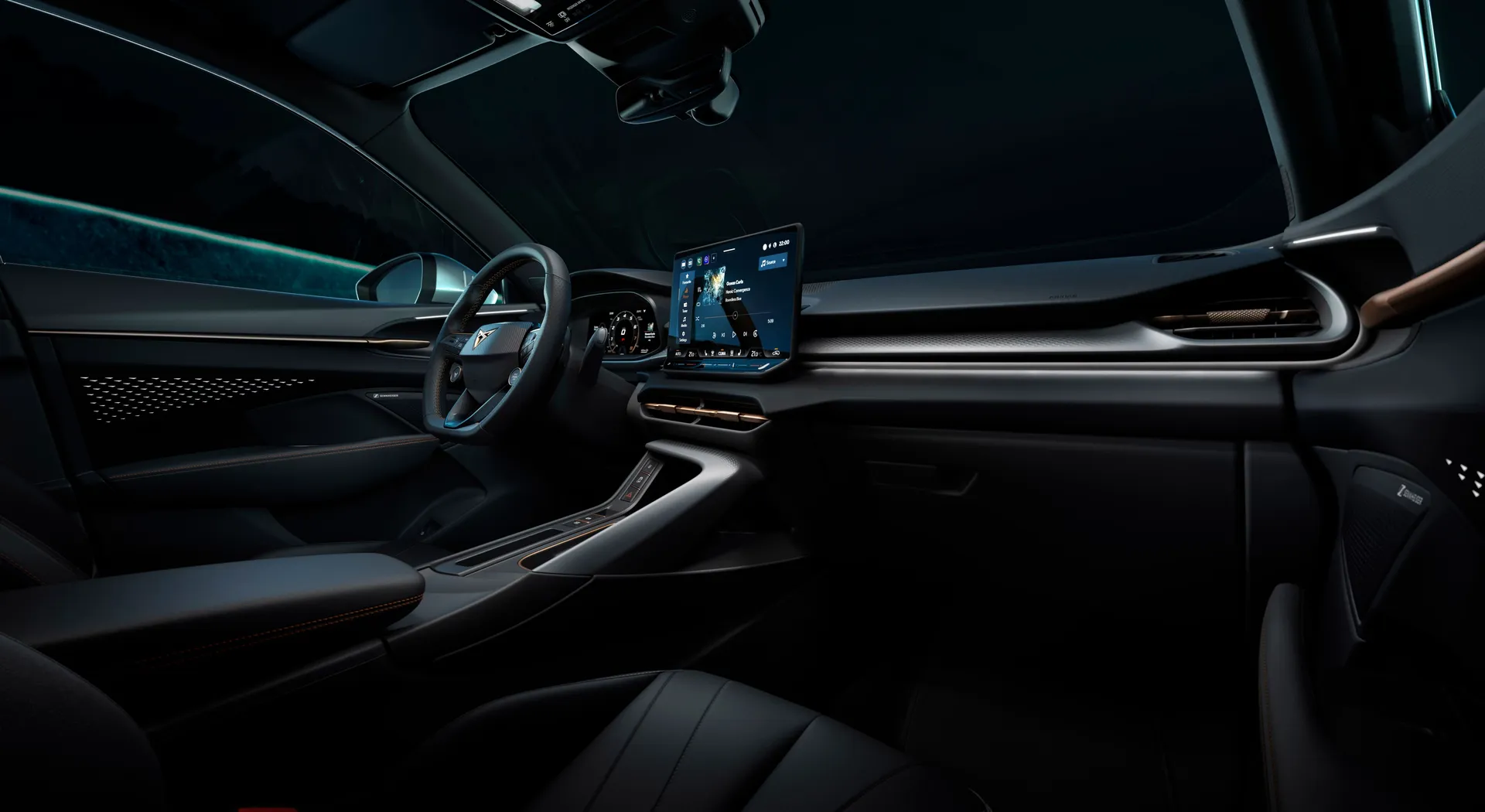

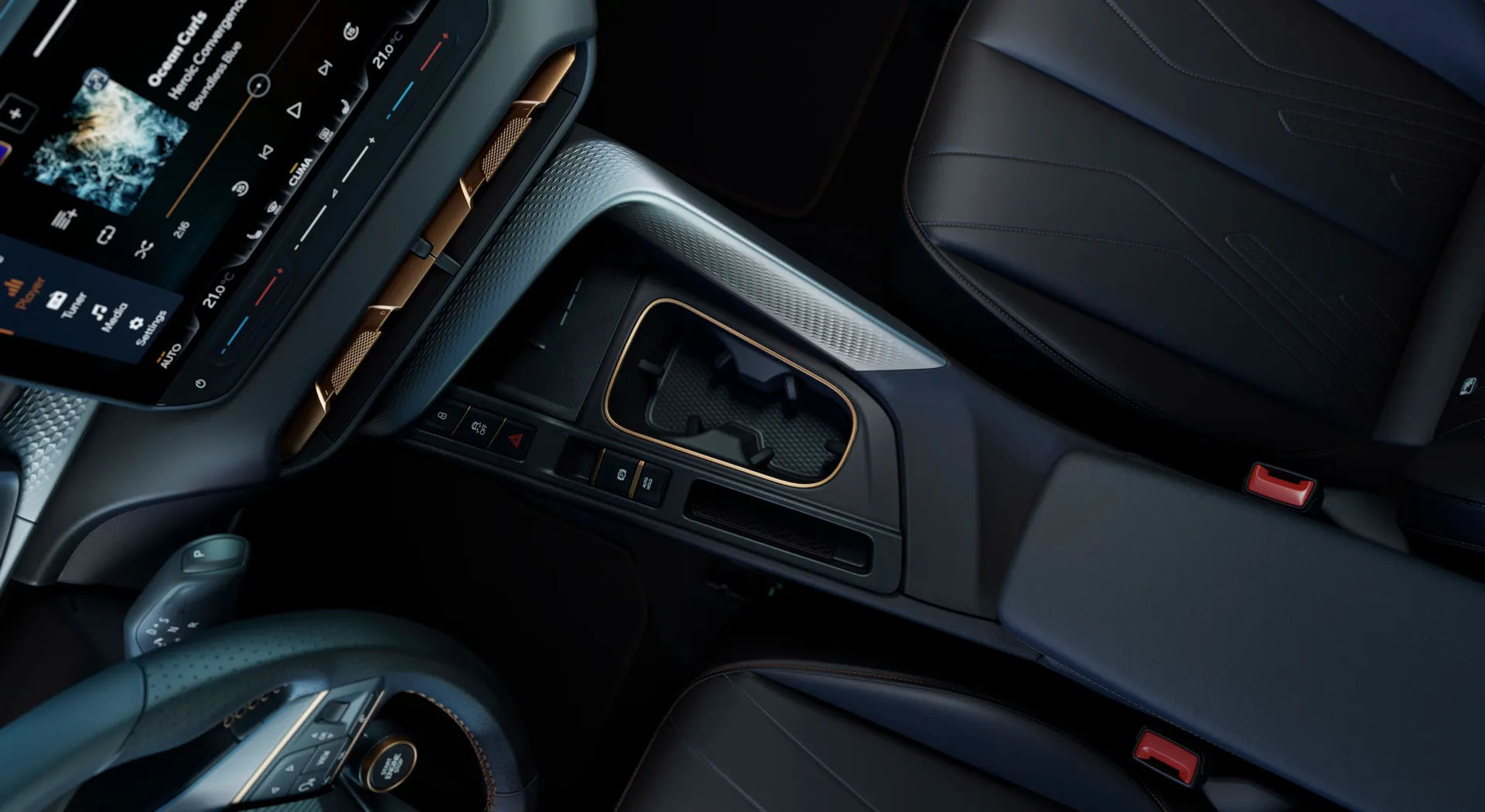
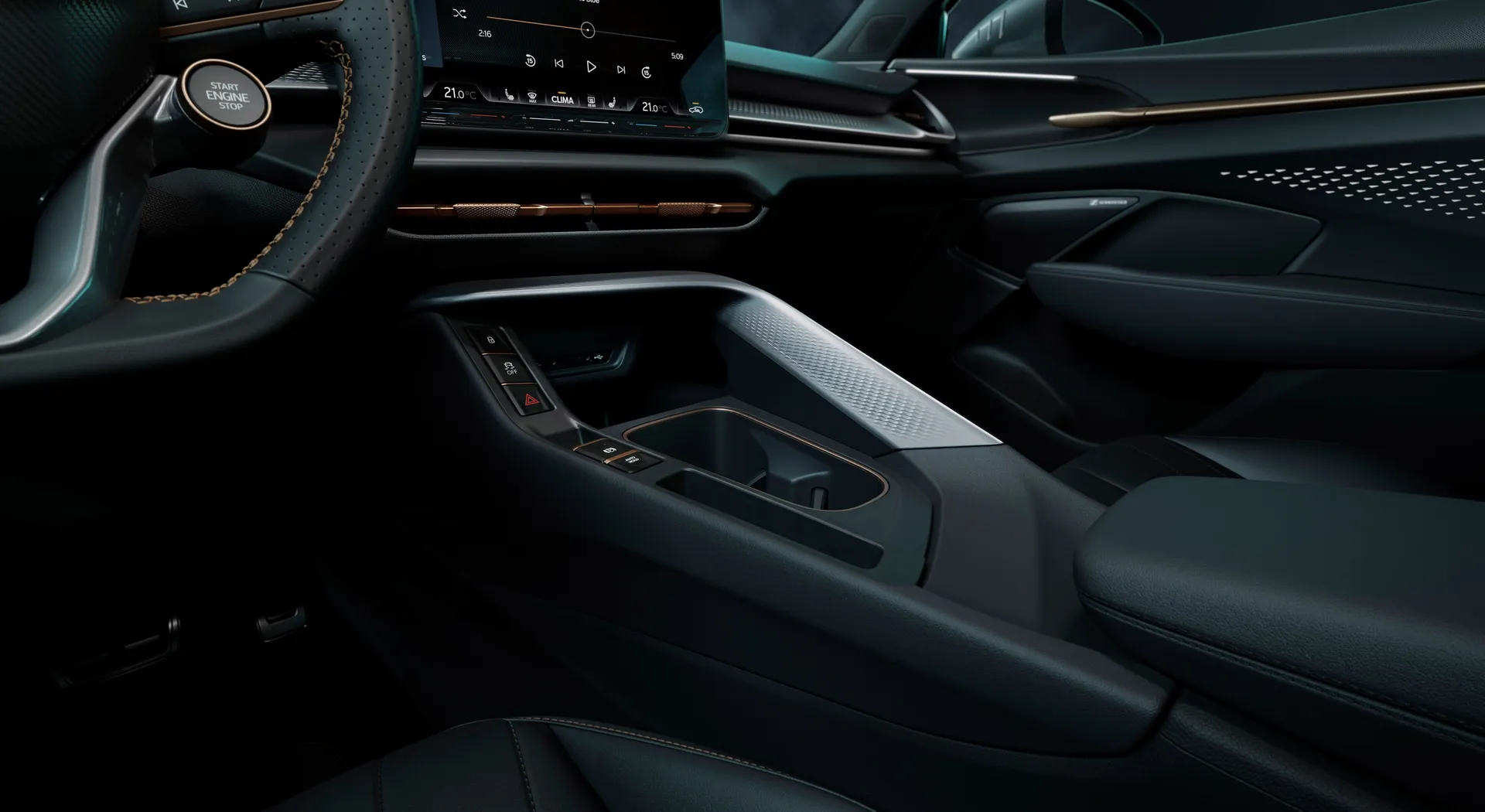

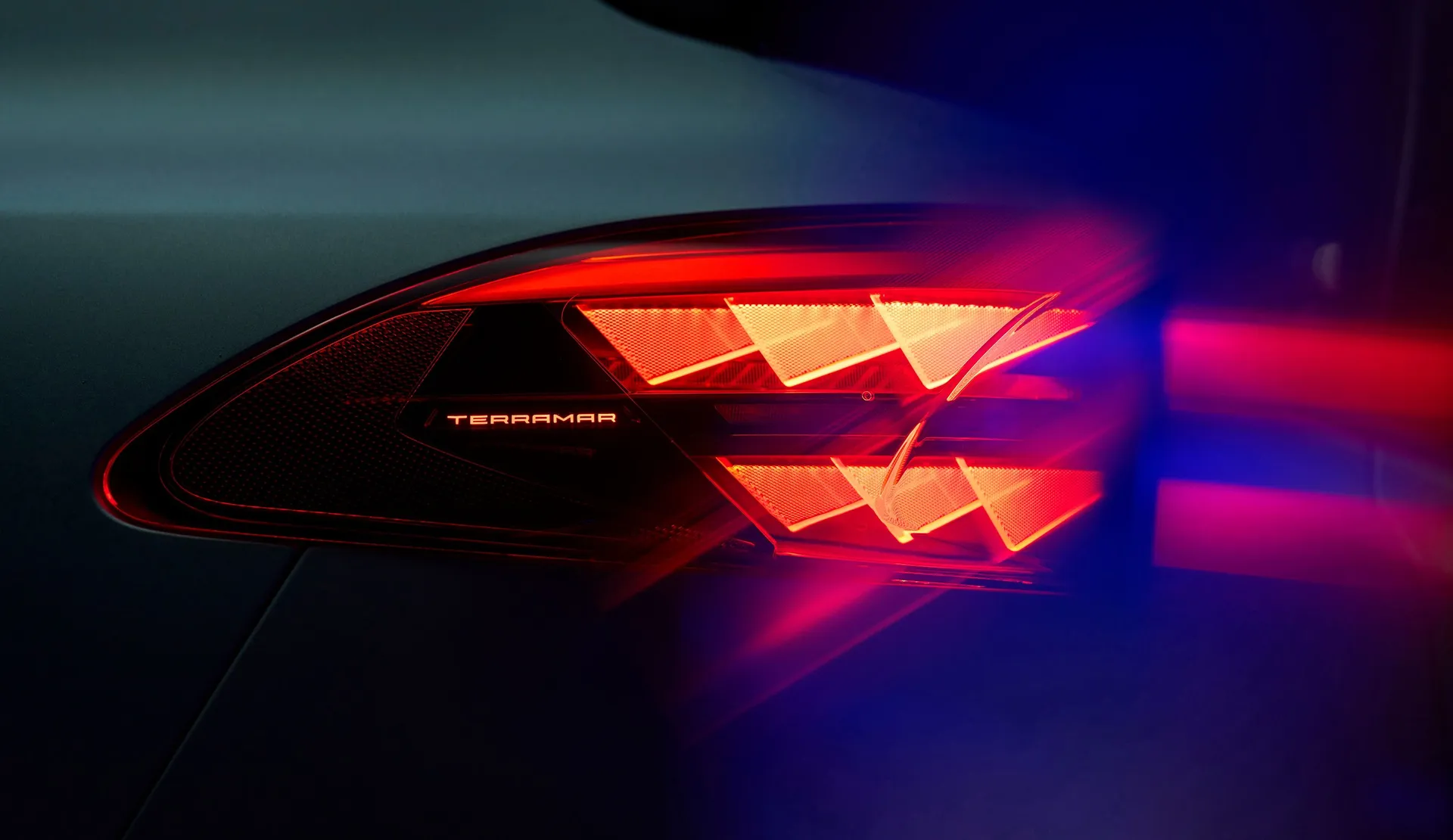
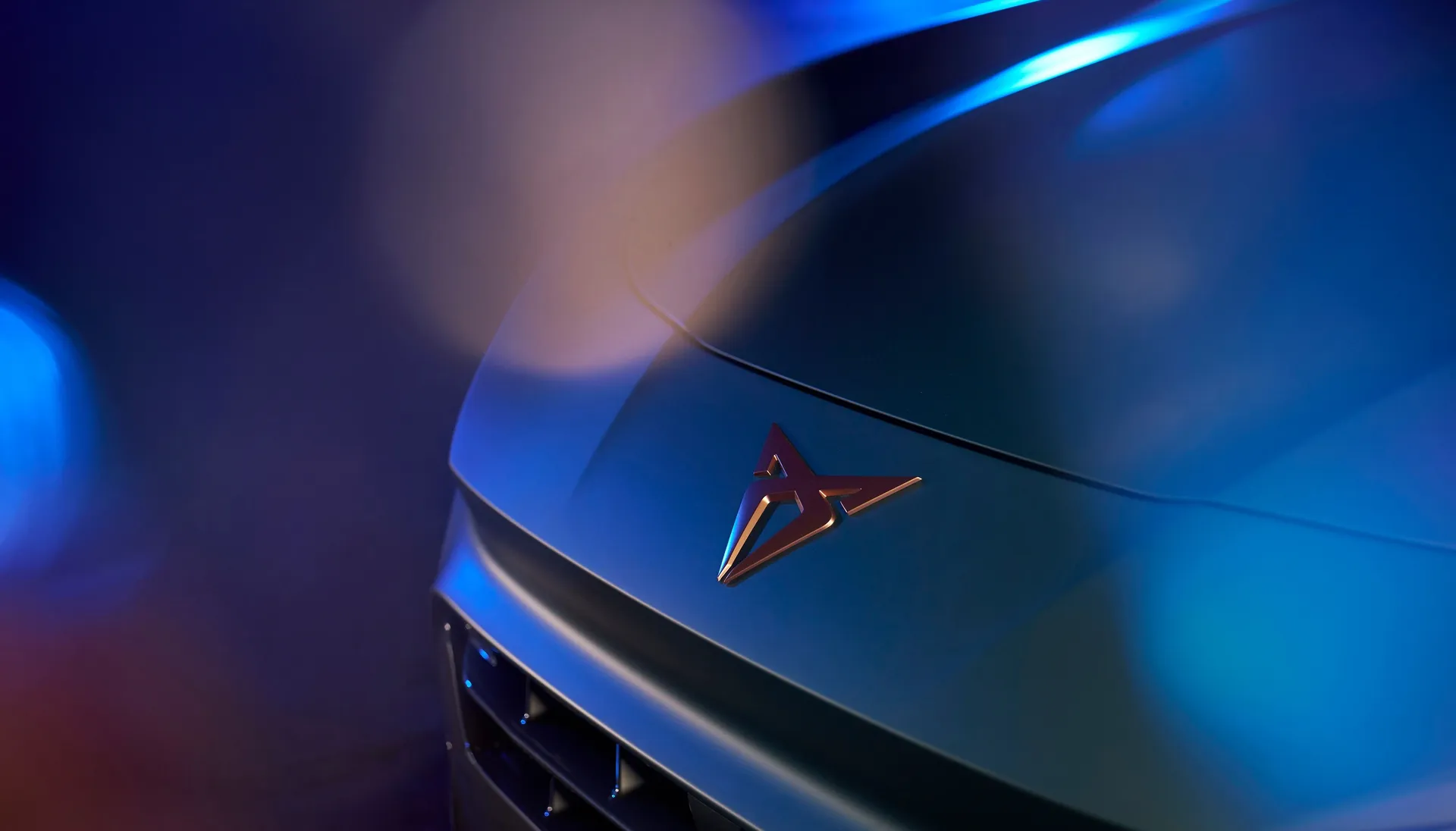

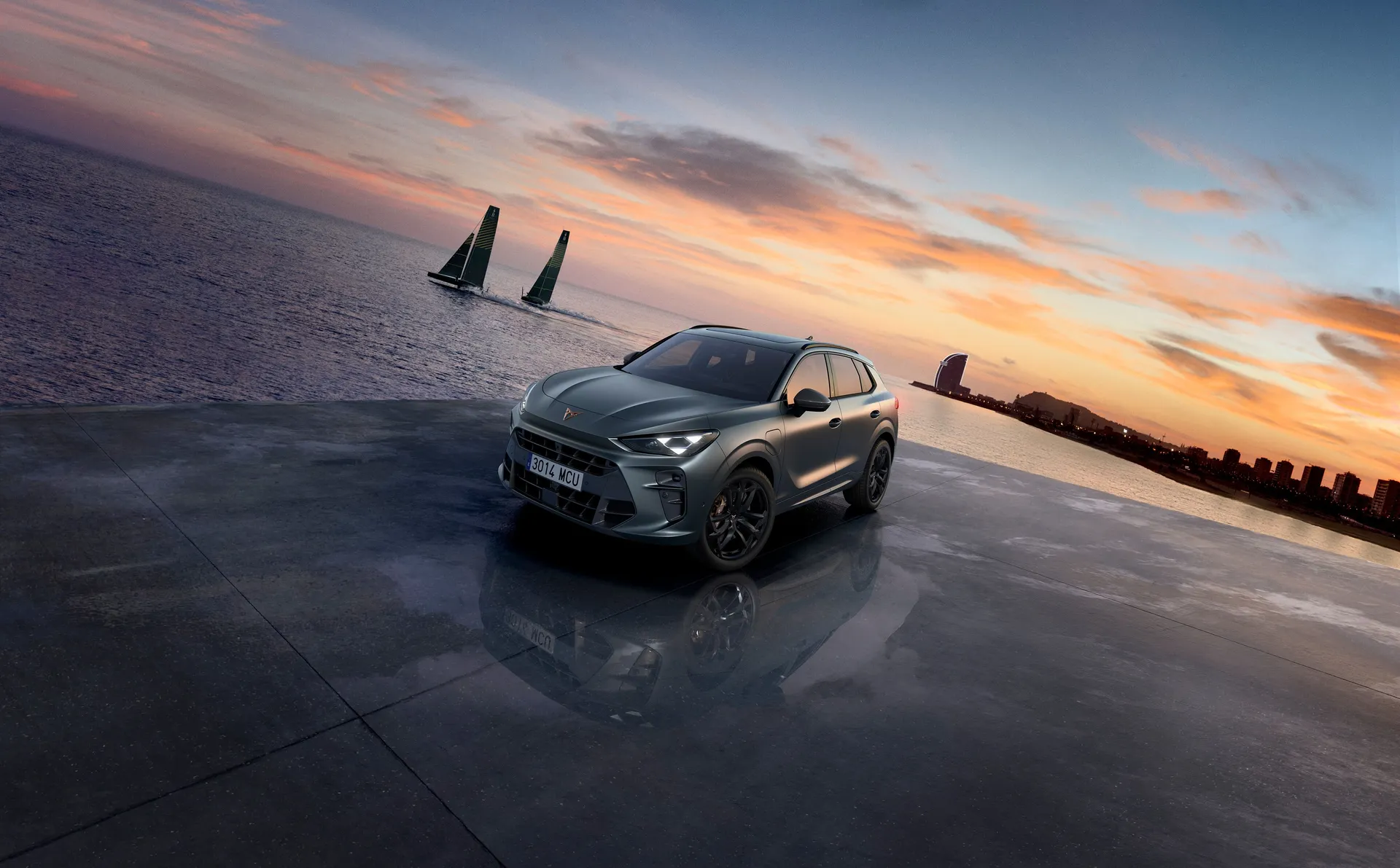

Author: Fabio Isidoro
Founder and editor-in-chief of Canal Carro, he dedicates himself to exploring the automotive universe with depth and passion. A car and technology enthusiast, he produces technical content and in-depth analyses of national and international vehicles, combining quality information with a critical eye for the public.

